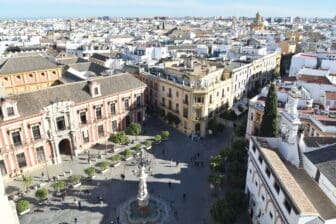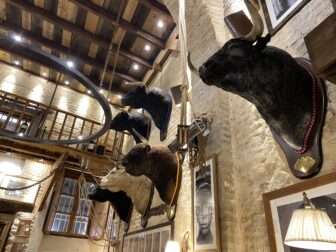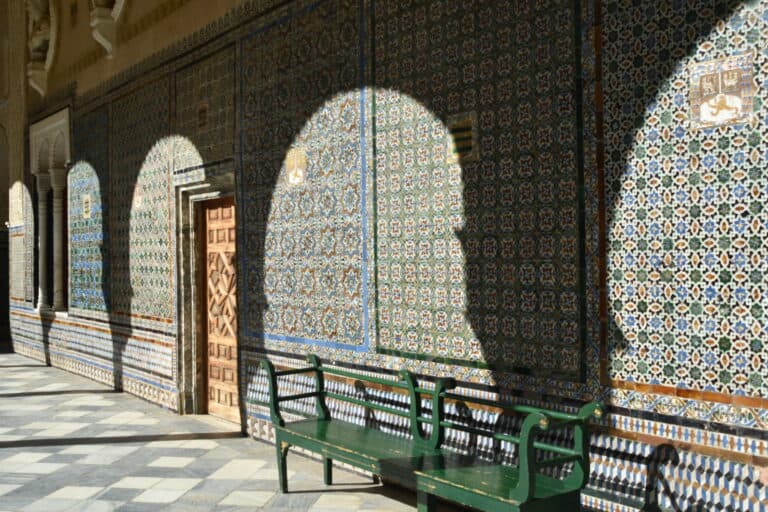
[Nov. 2021] We visited Casa de Pilatos in Seville, the capital of the Andalusian region of Spain.
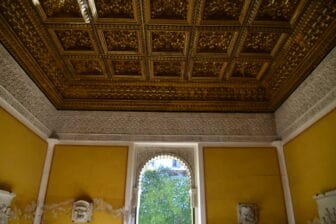
As you know, Pilate is the Roman governor who crucified Christ.
The reason why this house in Spain is so called is that it is said to have been built to imitate Pilate’s house.
According to the guidebook, the Marquess of Tarifa of the Rivera family returned from a pilgrimage to Jerusalem and built it in 1519, and people rumoured that the Marquess actually saw Pilate’s house during the journey.
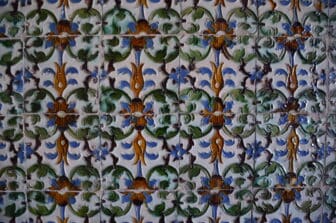
However, this house, which is a mixture of Gothic and Renaissance styles centred on the Mudejar style, cannot be similar to the house of the Roman governor more than 2000 years ago.
The Marquess was a truly religious person, and realised that the distance from his home to the suburban temple, Cruz de Campo, was the same as the distance from Pilate’s official residence in Jerusalem to Calvary Hill.
He was so impressed by this coincidence that he built the stations of the cross.
Since this house is the starting point, it may have begun to be called “Pilate’s House”.
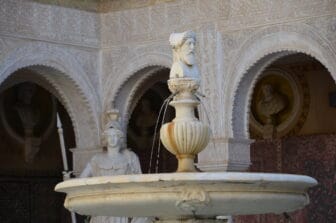
Anyway, it was a gorgeous palace, especially the tiles were remarkable, and my husband took many photos focusing on the tiles.
One of the main attractions was the main patio.
The arches surrounding the patio were Islamic-style, but the centre of the patio was the Italian Renaissance fountain.
In addition, the statues in the four corners are said to be from Greece in BC.
Also, the staircase was wonderful.

The area where this staircase is located is completely surrounded by tiles, and you would feel as if you were in a palace in the Islamic world.
However, when we went out to the garden, it was more European.
According to the guidebook, it was rebuilt by an Italian architect in the latter half of the 16th century, and is decorated with Italian-style statues.
When I looked up, I saw a replica of Michelangelo’s David.
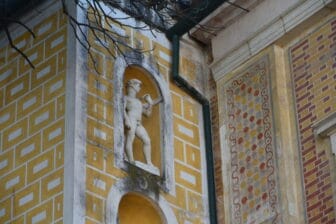
Also, according to tradition, one of the marquesses obtained the ashes of Trajan, a Roman general born in Italica, about 9 kilometers north of Seville, but one of his servants thought that the ashes in the jar were dust and scattered them around this garden.
And it is said that many orange trees grew from the ground covered with the ash.
The upper floor is still partly home to a family of the first Duke’s blood.
It seems that you can take a tour of other living spaces with your guide, but we didn’t go because it was an extra charge.
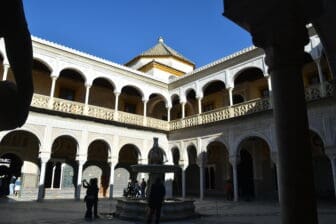
By the way, the visit of the ground floor and the garden costs 10 euros per person.
I could hold my mobile phone over the QR code and listen to the voice guidance, but I stopped it because my hands were full and I couldn’t take pictures.
Instead, I bought a booklet to commemorate (6 euros).
It was a popular tourist destination and there were quite a few people, but it was a mansion worth seeing.


